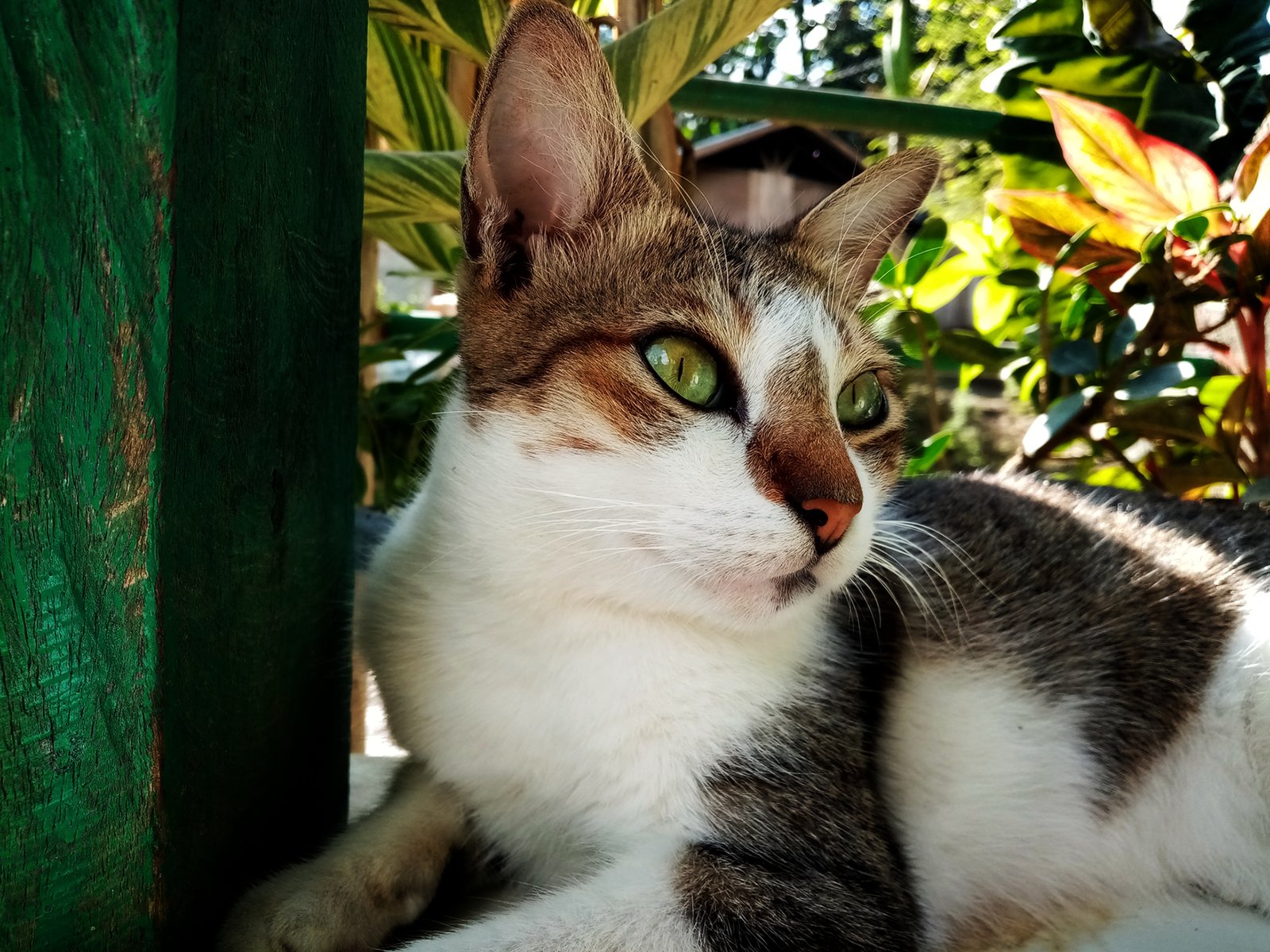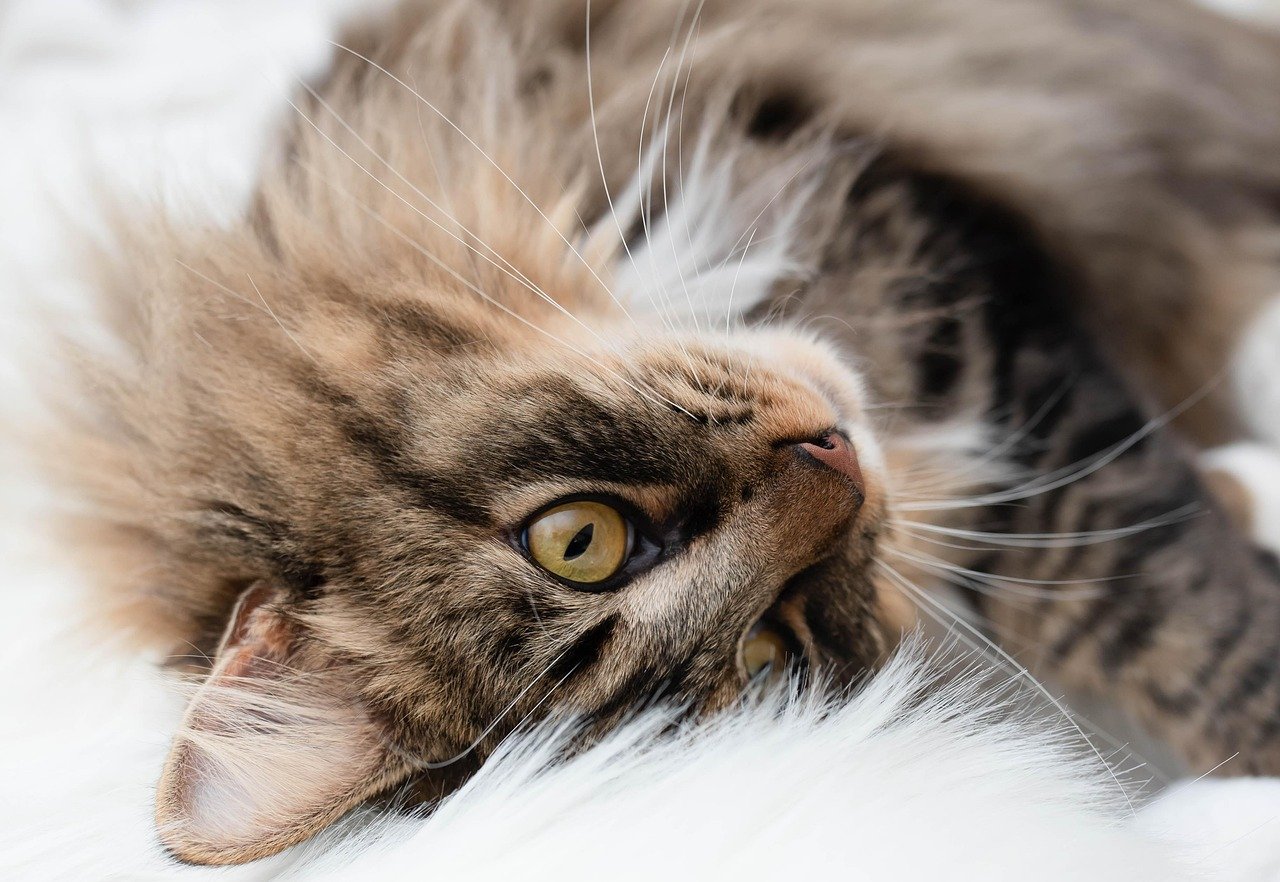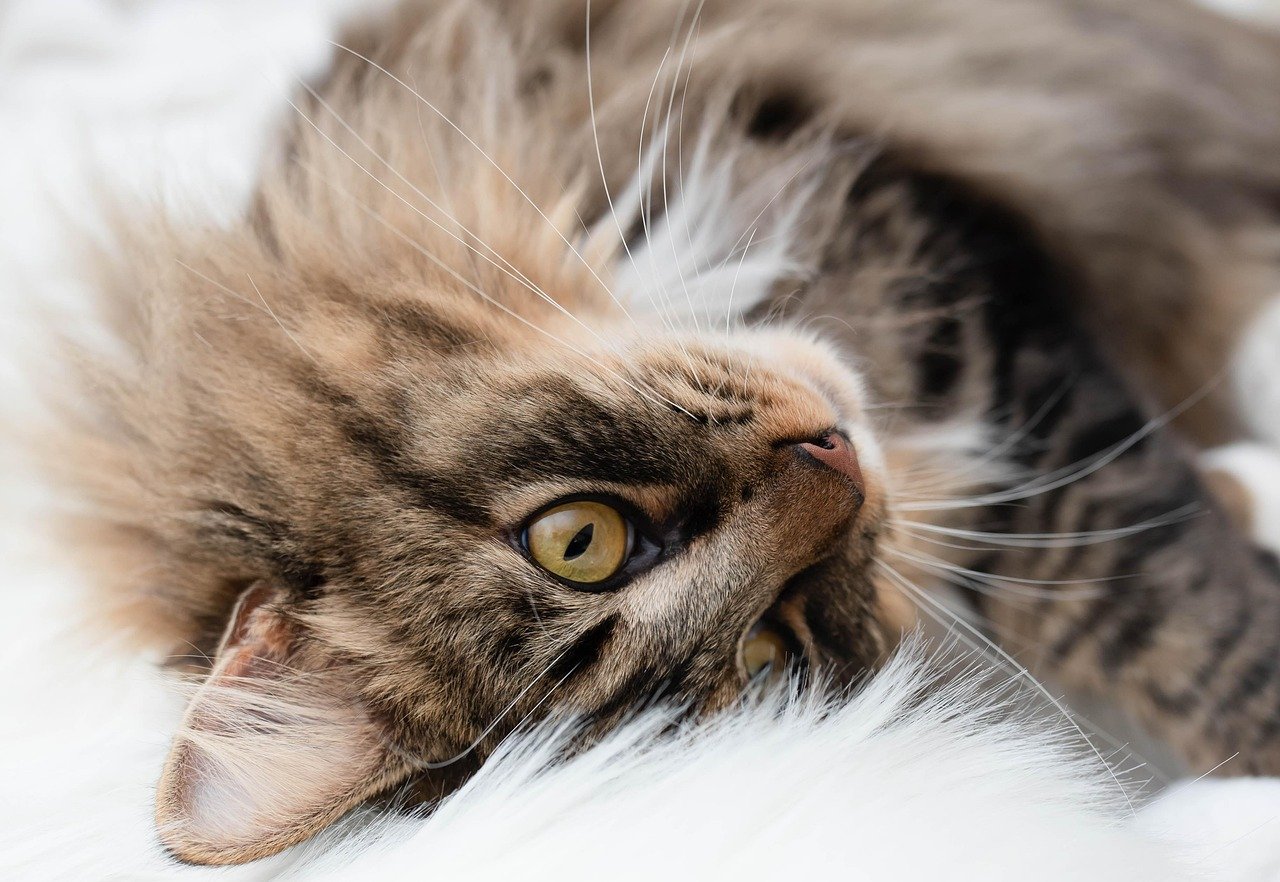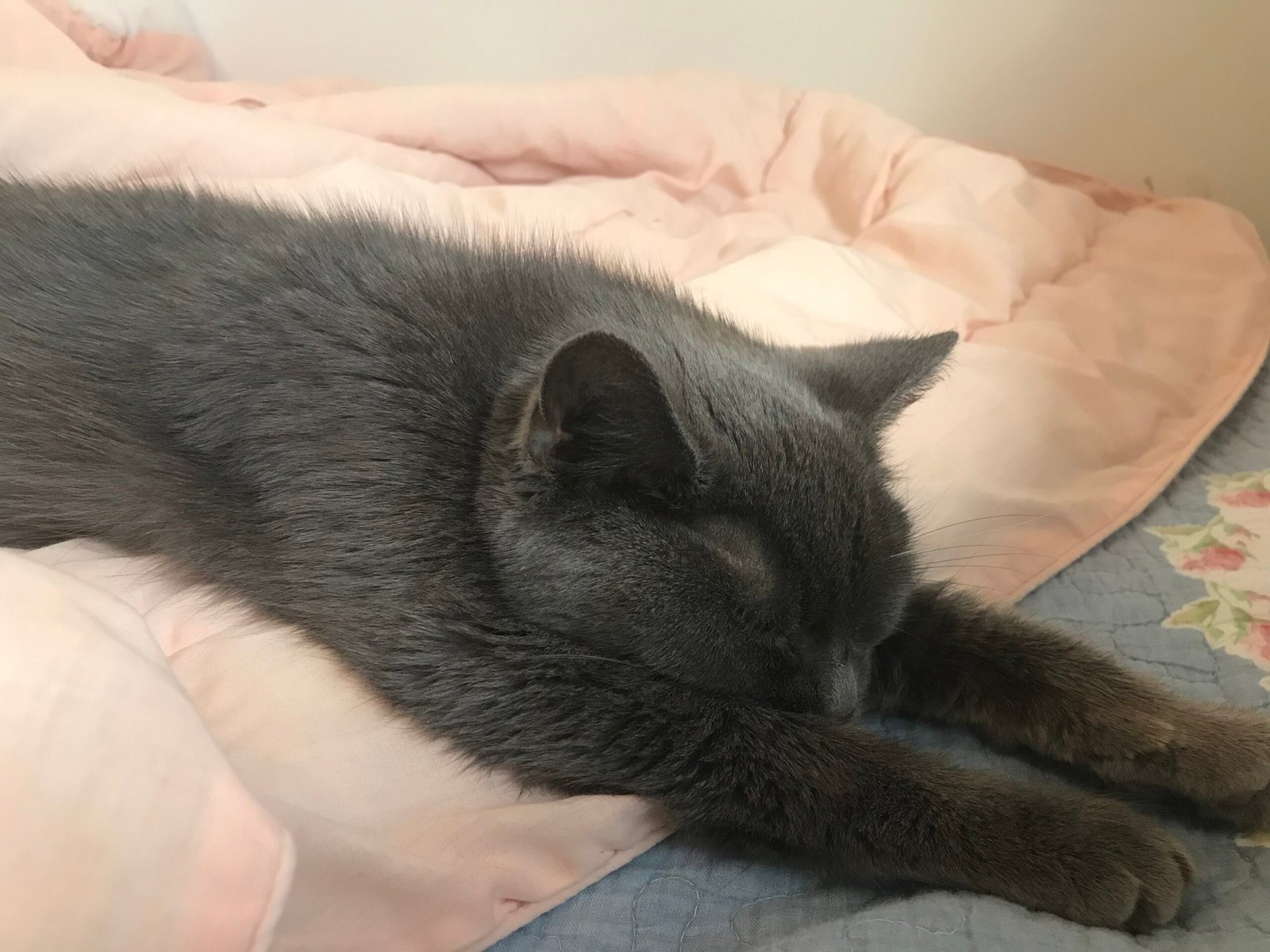Have you ever wondered why some cats seem to radiate calm confidence while others hide at the slightest sound? The secret isn’t magic—it’s emotional security, deeply tied to the routines we build for our feline friends. As cat lovers, we know that our whiskered companions are creatures of habit, and a predictable day can work wonders on their well-being. But how exactly do you shape a daily routine that nurtures a cat’s heart and mind? Let’s embark on a journey to discover how simple daily actions can create a sense of safety, trust, and happiness for your beloved cat.
Understanding Emotional Security in Cats

Cats, despite their independent reputation, crave stability and safety just like people do. Emotional security for cats means feeling safe in their environment and confident in their human relationships. When a cat feels secure, they’re more likely to explore, play, and interact. On the other hand, insecurity can lead to hiding, aggression, or even health problems. Recognizing the signs of emotional security can help you tune into your cat’s needs more closely. Watch for relaxed body posture, slow blinking, and a willingness to rest in your presence. By understanding these cues, you lay the foundation for building routines that truly support your cat’s emotional health.
Why Routines Matter for Feline Well-being

Routines give cats a reassuring sense of predictability. When meals, playtime, and cuddles happen at regular intervals, your cat learns to trust their world. This trust reduces anxiety and helps your cat feel grounded. Imagine living in a house where everything changes daily—most of us would feel unsettled, and cats are no different. Consistent routines act like a gentle rhythm, soothing your cat’s nerves and making each day feel safe. Over time, the repetition of positive experiences builds a deep reservoir of emotional security.
Setting Regular Feeding Times

Feeding your cat at the same times each day is one of the easiest ways to build trust. Cats associate food with safety, and knowing when their next meal is coming helps them relax. Avoid leaving food down all day, as this can make their day feel chaotic and unpredictable. Instead, offer meals in the morning and evening, or as advised by your vet. Watch how your cat eagerly anticipates their food—this anticipation is a sign they trust the routine. Regular mealtimes also allow you to monitor your cat’s appetite, an important indicator of health and emotional well-being.
Creating a Safe Home Environment

A cat’s sense of security begins with their environment. Start by providing cozy hiding spots, like cardboard boxes or soft beds, in quiet corners. Make sure your home has vertical spaces—cat trees or shelves—where your cat can observe their world from above. Keep their litter box in a private, low-traffic area to avoid stress. Avoid sudden changes in furniture layout or loud noises, as these can unsettle sensitive cats. By curating a calm and predictable environment, you give your cat a sanctuary where they can fully relax and be themselves.
Consistency in Social Interaction

Cats thrive when their social interactions are predictable and positive. Greet your cat gently each morning and offer affection throughout the day, using their favorite petting spots. If you live with multiple people, encourage everyone to treat your cat with patience and respect. Avoid forcing interactions—let your cat come to you when they’re ready. Over time, your cat will learn that your attention is a safe and enjoyable part of their routine. Consistent social contact builds trust and strengthens your unique bond.
Scheduled Playtime for Mental Stimulation

Daily play sessions are crucial for keeping your cat’s mind sharp and their emotions balanced. Use interactive toys, such as feather wands or laser pointers, to mimic hunting behavior. Try to play at roughly the same times each day, perhaps before meals or in the evening. Regular play provides exercise and an outlet for natural instincts, reducing boredom and anxiety. If your cat seems uninterested, rotate toys or try new games to rekindle their curiosity. These moments of shared fun reinforce your cat’s sense of joy and security in their home.
Establishing Quiet Time Together

Cats appreciate peaceful moments just as much as playful ones. Set aside quiet time each day to simply sit with your cat, whether you’re reading, watching TV, or listening to music. Allow your cat to choose whether they want to curl up beside you or keep a gentle distance. Over time, your cat will associate your calm presence with safety and comfort. These shared silences can be just as nurturing as active play, helping your cat feel loved and secure without any pressure.
Predictable Grooming Routines

Grooming isn’t just about keeping your cat clean—it’s a powerful way to build trust. Brush your cat at the same time each day, using gentle strokes and letting them set the pace. If your cat is new to grooming, start with a few minutes and gradually increase the time. Speak softly and reward them with treats or gentle praise. Regular grooming not only prevents mats and hairballs but also creates a ritual of care and connection. Your cat will come to anticipate these soothing sessions as a highlight of their day.
Handling Change with Sensitivity

Even the most stable routines can be disrupted by vacations, new pets, or home renovations. When change is unavoidable, introduce it gradually and maintain as many familiar elements as possible. Keep mealtimes and play sessions on schedule, and provide extra comfort through petting and soothing words. If you’re leaving home, ask a trusted friend to maintain your cat’s routine as closely as possible. Remember, it’s not the change itself that causes stress, but the unpredictability. By handling transitions with care, you help your cat adjust without feeling threatened.
Using Positive Reinforcement

Rewarding your cat for calm, confident behavior helps reinforce emotional security. Use treats, praise, or gentle petting when your cat explores new areas or interacts positively. Avoid punishment or scolding, which can create fear and erode trust. Positive reinforcement makes your cat associate new experiences with safety and pleasure. Over time, your cat will feel more confident navigating both familiar and unfamiliar situations. This approach builds not just obedience, but a genuine sense of security rooted in trust and kindness.
Respecting Your Cat’s Boundaries

Every cat has their own comfort zone, and respecting it is crucial for emotional security. If your cat retreats to a hiding spot or turns away from petting, honor their wishes without forcing interaction. Pay attention to body language—flattened ears or a twitching tail mean it’s time to give space. By consistently respecting your cat’s boundaries, you show that their feelings matter. This respect is the cornerstone of trust, ensuring your cat feels safe to express themselves without fear or pressure.
Providing Enrichment Throughout the Day

Cats need mental stimulation to feel content and secure. Scatter puzzle toys, scratching posts, and window perches around your home. Rotate toys every few days to keep things fresh and exciting. Consider hiding treats for your cat to find, turning mealtime into a fun challenge. Enrichment activities prevent boredom, which can lead to stress or destructive behavior. By filling your cat’s day with interesting experiences, you nurture their curiosity and confidence.
Recognizing Signs of Stress Early

Cats are masters at hiding discomfort, but subtle changes can signal that something’s wrong. Watch for signs like excessive grooming, hiding more than usual, or changes in appetite. These behaviors often indicate stress or insecurity. Respond promptly by reassuring your cat and reviewing their routine for possible disruptions. Early intervention can prevent small issues from becoming larger emotional or health problems. By being attentive, you show your cat they can always rely on you for support.
Encouraging Independence Safely

While routines are important, it’s also healthy for cats to have moments of independence. Provide safe spaces where your cat can retreat and observe without interference. Allow them to initiate play or cuddles when they choose, rather than always dictating the schedule. This balance gives your cat the freedom to explore their world while knowing they have a dependable home base. Encouraging independence in a structured way builds confidence and reduces anxiety.
Managing Multiple Cats with Routine

If you have more than one cat, routines become even more important. Feed cats in separate areas to prevent competition and stress. Schedule individual playtime to ensure each cat feels special and secure. Provide multiple litter boxes and resting spots to avoid territorial disputes. Observe their interactions and adjust routines if tension arises. By meeting the unique needs of each cat, you foster harmony and emotional security for everyone.
Welcoming New Family Members

Introducing new people or animals can disrupt your cat’s sense of security. Prepare by keeping routines steady and offering extra reassurance. Allow your cat to approach newcomers at their own pace, using treats or praise to reward curiosity. Set up safe zones where your cat can retreat if they feel overwhelmed. Patience is key—rushed introductions can cause fear and setbacks. With time and understanding, your cat will learn to accept new faces as part of their safe, predictable world.
Building Trust After a Difficult Past

Some cats come to us with histories of trauma or neglect, making emotional security even more vital. Start with gentle routines and plenty of patience. Avoid sudden movements or loud noises, and let your cat set the pace for interaction. Celebrate small victories, like accepting a treat or sitting nearby. Over weeks or months, your consistent care will help rebuild their trust in people and routines. The transformation can be profoundly rewarding, both for you and your cat.
Adapting Routines as Your Cat Ages

As cats grow older, their needs and routines may change. Senior cats may prefer shorter play sessions and more frequent naps. Adjust feeding times if your cat develops health issues, and make sure their favorite spots are easily accessible. Grooming may become more important as your cat’s coat changes with age. By adapting routines to suit your cat’s life stage, you show ongoing care and respect for their evolving needs. This adaptability helps maintain their sense of security throughout life.
Using Your Voice to Soothe and Connect

Cats are surprisingly responsive to the tone and rhythm of your voice. Speaking softly and using a gentle cadence can help calm an anxious cat. Incorporate verbal cues into your routine, such as calling your cat for meals or playtime. Over time, your voice becomes another reassuring element in your cat’s day. If your cat is stressed, simply talking or singing softly can provide comfort. This vocal connection is a powerful tool for building trust and emotional security.
Celebrating Routine Successes

Acknowledge the positive changes you see in your cat as your routines take hold. Notice how your cat greets you with a relaxed tail, seeks out your company, or confidently explores their home. Celebrate these moments with extra affection or a favorite treat. Share your successes with other cat lovers—your stories might inspire someone else to create a more secure environment for their own pet. Every small step forward is a victory in building a happier, more secure life for your cat.
Staying Patient and Observant

Building daily routines that create emotional security is a gradual process. Stay patient, and observe your cat’s responses closely. If something isn’t working, don’t be afraid to adjust your approach. Remember, every cat is unique—what soothes one might not work for another. With empathy, attention, and love, your efforts will pay off in a deeper bond and a happier, more contented feline companion.
Hi, I’m Bola, a passionate writer and creative strategist with a knack for crafting compelling content that educates, inspires, and connects. Over the years, I’ve honed my skills across various writing fields, including content creation, copywriting, online course development, and video scriptwriting.
When I’m not at my desk, you’ll find me exploring new ideas, reading books, or brainstorming creative ways to solve challenges. I believe that words have the power to transform, and I’m here to help you leverage that power for success.
Thanks for stopping by, Keep coming to this website to checkout new articles form me. You’d always love it!






